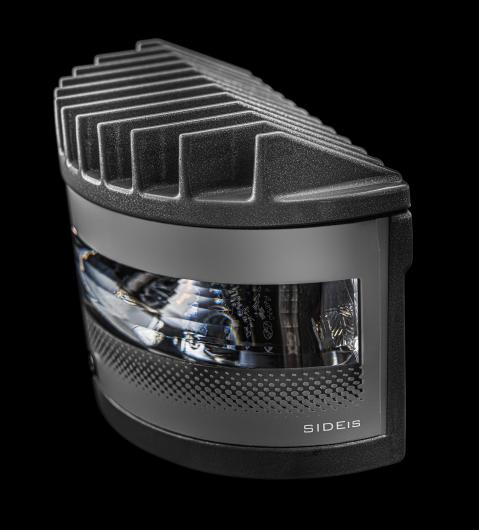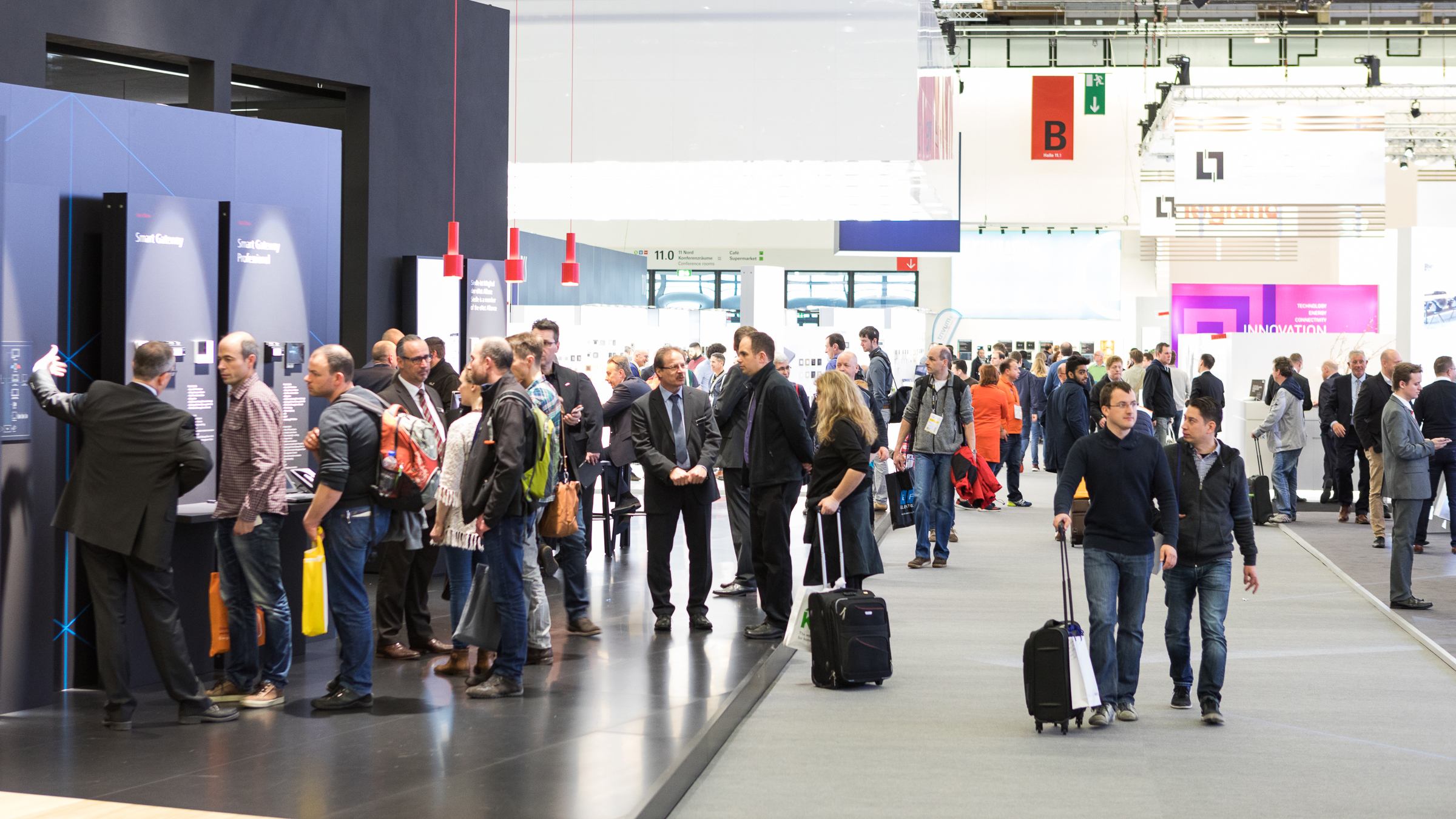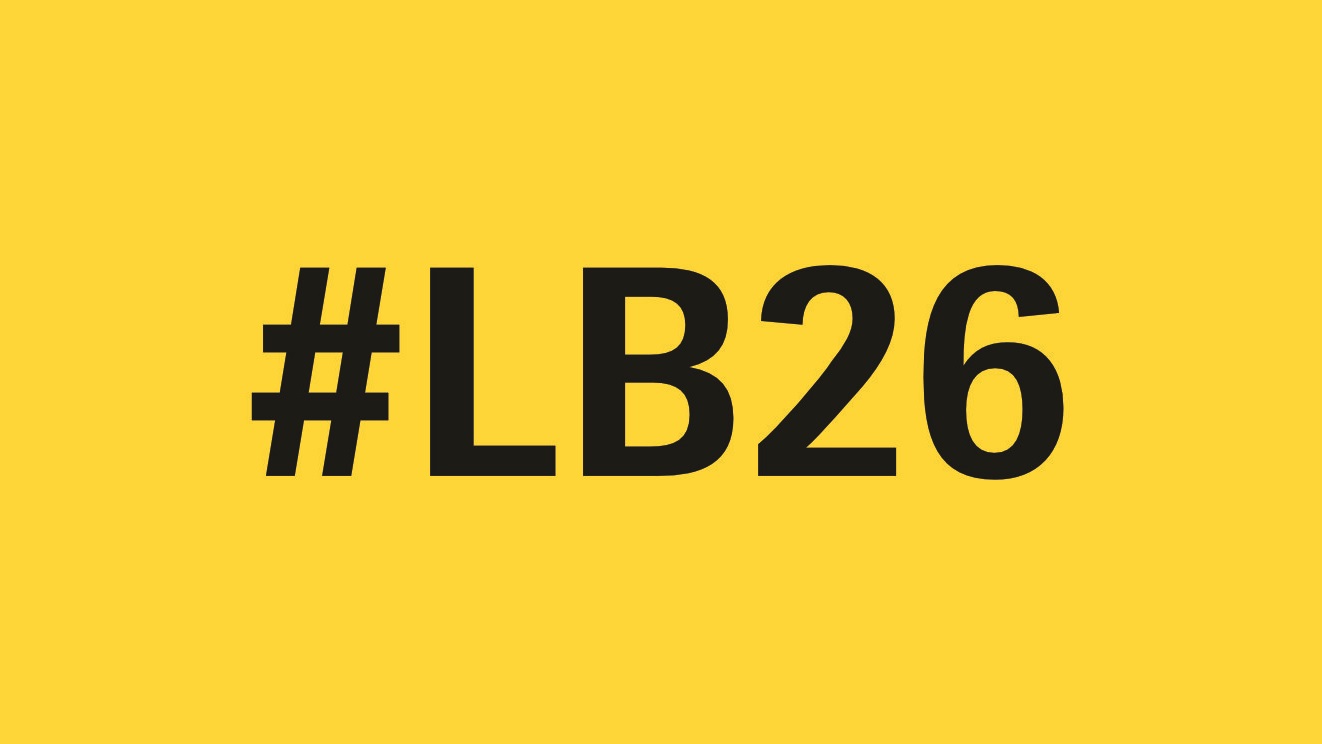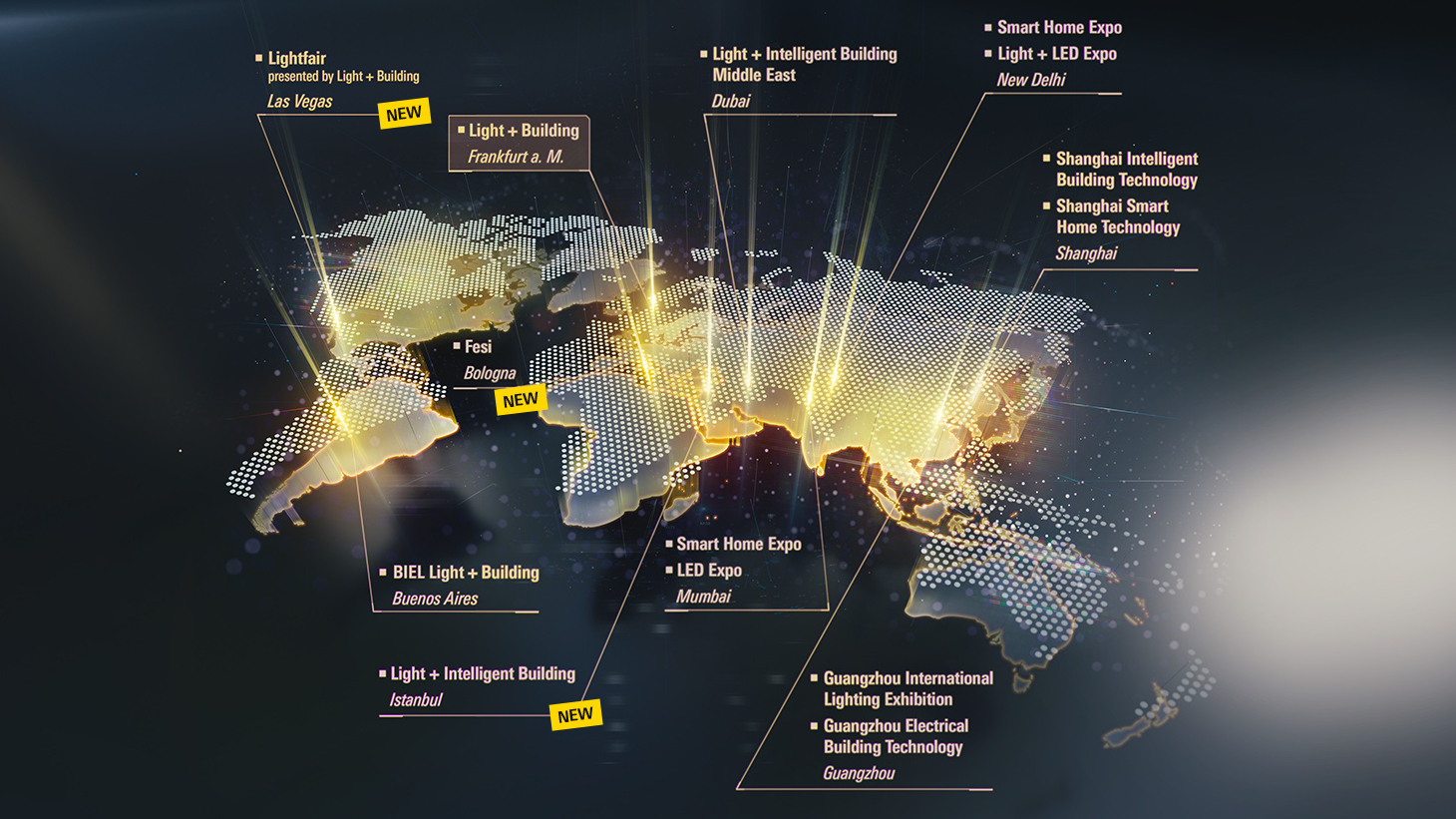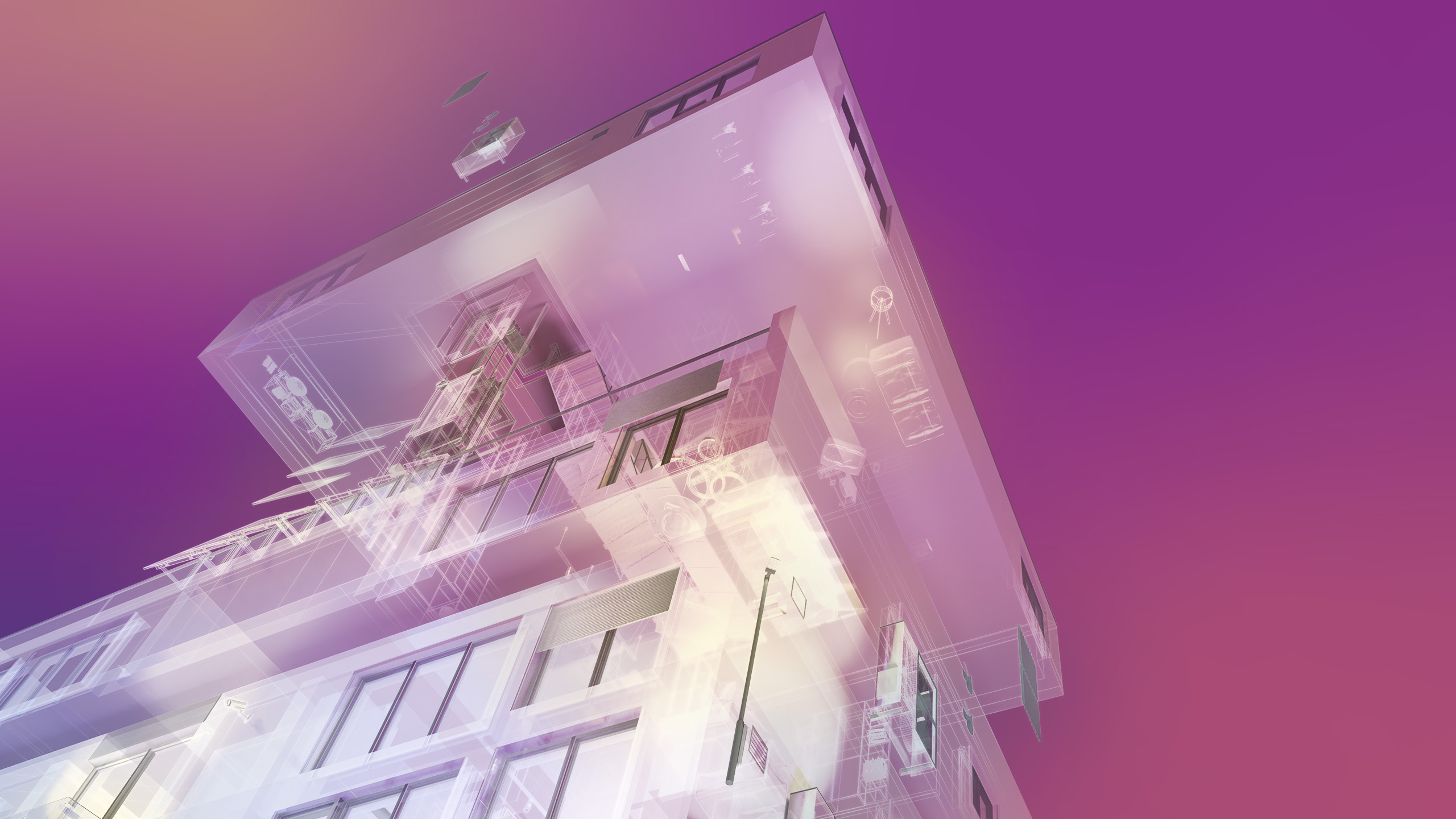Den Interaktiven Geländeplan 2024 finden Sie hier.
Beschreibung
SIDEis is an innovative roadway, tunnel, pedestrian and architectural outdoor LED luminaire conceived to be installed on low supports (low poles, guard rails, cabletrays, bollards) to assure high luminance and illuminance levels on wide areas.
SIDEis is designed around its patented optical group, made of a polymeric transparent injection moulded lightguide and a multi-source PCB. This system allows to comply the most severe European standards in roadway and tunnel lighting despite its very low mounting height. As option, different LED groups on source PCB, separately dimmable, give SIDEis the possibility to create several lighting scenarios and photometric distributions, simply by remote control (adaptive photometrics). Transversal asymmetric and road longitudinal distributions are the basic ones. Photometric features of these modules allow the luminaire to achieve L2L class according to EN 12352:2006 standard (warning and safety light).
On demand SIDEis can be equipped with additional reporting LED modules in amber and red colour, becoming a configurable road flasher in presence of fog, accidents, queues and each sort of danger. In this way, SIDEis, in addition to illuminating the road, becomes a real delimiter of the road perimeter (such as the amber whip effect in a dangerous curve, or the remote switching on of
the amber modules in case of strong fog). A series of new application scenarios then open up.
Each luminaire is able to dialogue with the contiguous ones in order to obtain specified signal sets, such as whip effect for instance.
For its compactness SIDEis can be installed at the roadside even where space is so limited: it can be perfectly inserted inside most guard rail profiles, and for its so restrained weight not represent further danger in case of accident. Its body in die-cast aluminum ensures proper heat sinking to the electronic components on board maximizing their lifecycle. External surface is powder coated for optimal resistance in aggressive environment.
In urban areas SIDEis can be used to support traditional lighting, to increase the safety of pedestrians on pedestrian crossings, to intelligently illuminate urban areas such as cycle paths. In tunnels SIDEis is able to perform 3 functions: primarily functional lighting, meeting the regulatory requirements of luminance, general, longitudinal and transverse uniformity on the carriageway luminance, and uniformity on the wall up to 160cm from the ground Illuminating the lateral platform which is now illuminatd by the pickets. The step marker, possibly adding green light signal modules.
The roads of the future will most likely be grids travelled by autonomous driving cars and illuminated by systems functioning for this new type of use. SIDEis, moving from the top to the side of the road, will be closer to vehicles and people, becoming the perfect visible light communication
node of the future Smart Cities. For example SIDEis may emit a flashing red light in the event that a vehicle enters a junction in the opposite direction. Or, in presence of fog, the system management company can remotely send the command to switch on the amber modules with fixed light to maximize visibility of the road perimeter. If with sensors on board, SIDEis will be able to
detect the high speed of a vehicle approaching a pedestrian crossing, a command will then be
sent remotely in order to activate the switching on of the red modules as a warning to the driver
to slow down.
The benefits of SIDEis mounting height are numerous: SIDEis brings the light where it does not now exist. In fact, it can be mounted in all those road sections where the installation of high poles is difficult or impossible (bridges, flyovers, junctions, viaducts). The elimination of poles and the lightening of the infrastructure allows for a reduction in costs and greater sustainability. In addition to illuminating, it acts as an element of delimitation of the road perimeter, as a light guide,
thus increasing road safety. The possibility of intervening (for cleaning, for replacement) on the lighting body at this height allows a significant reduction in maintenance costs and eliminates the need to divert traffic.
